SaugeenJunction
Senior Member
In my native country, they sanded the roads in winter and we had more snow and lower temperatures than Toronto. Why can't Toronto do the same?
In Winnipeg, they sand the roads because it is too cold for salt to work
In my native country, they sanded the roads in winter and we had more snow and lower temperatures than Toronto. Why can't Toronto do the same?
Oct 3
I give very little hope these trees will be around in a few years.
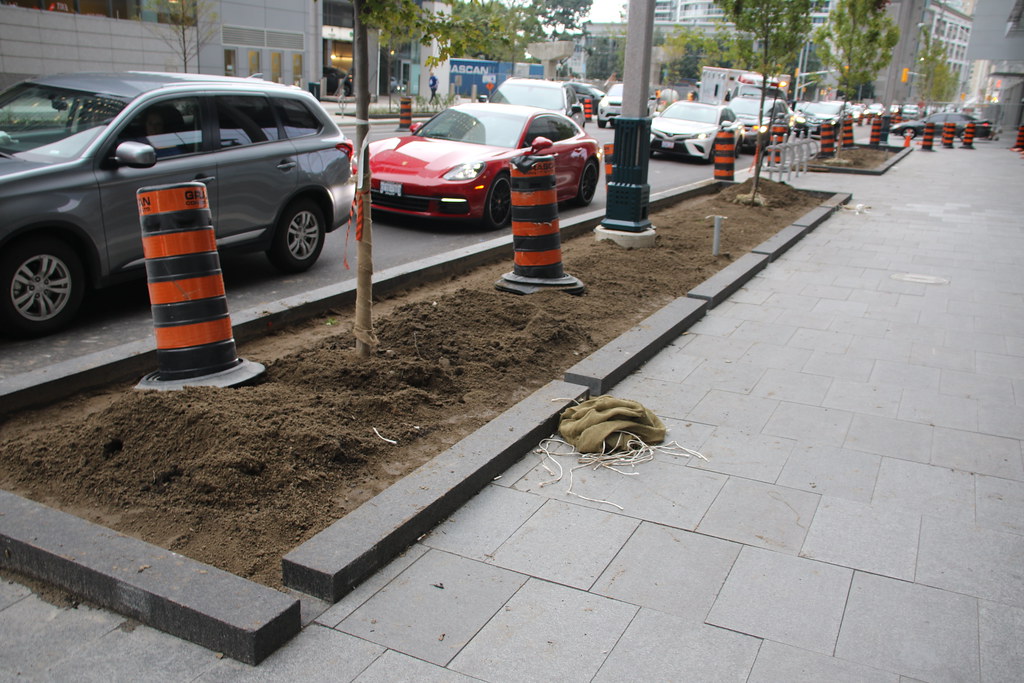

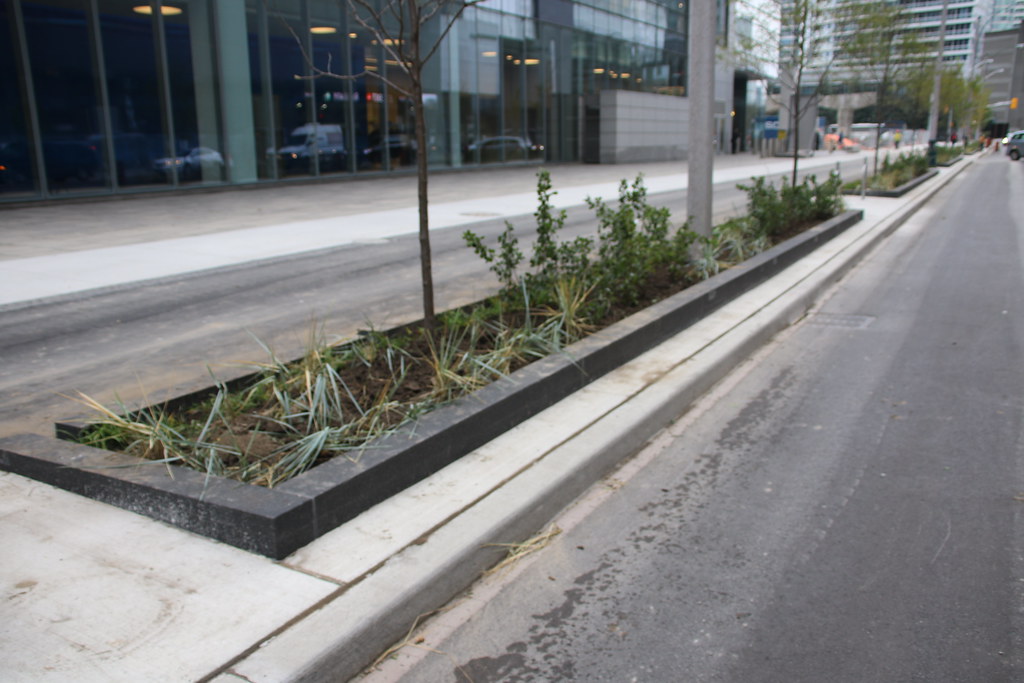

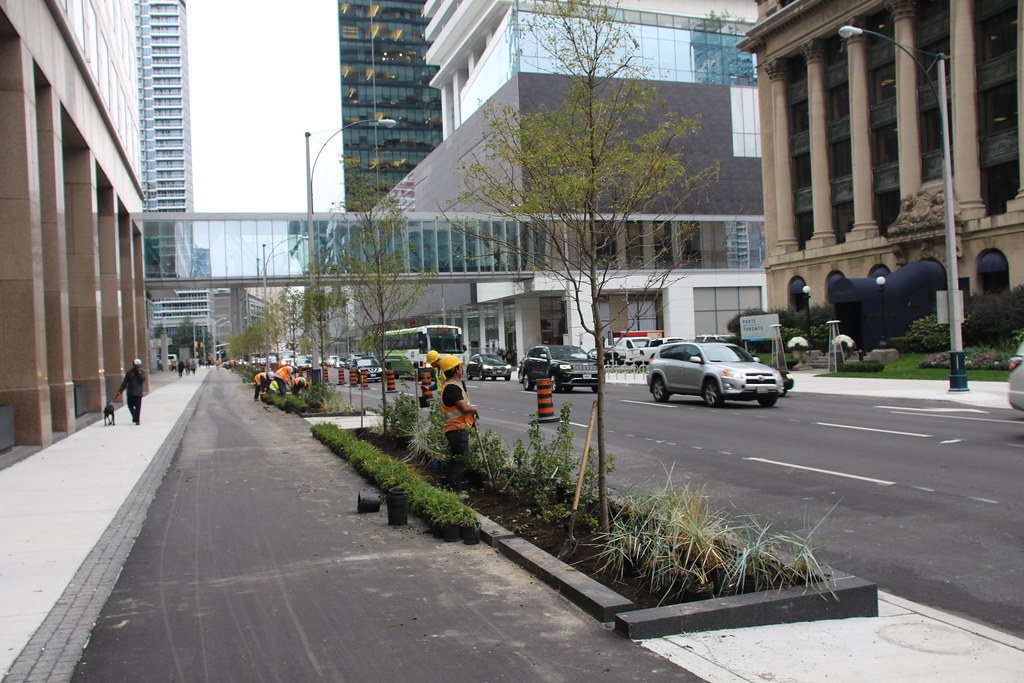
So why can't Toronto do the same? Who cares if it's not cold enough? Salt is horrific. Plus we're digging so much with all the condos that we'll have enough sand for several millennia.
How many winters until the salt kills the trees? I say 1.
I.
But the bigger salt threat may come from the trail side (sidewalk side) with the planters nearly flush w/the ground.
When melting occurs, there is a risk of saline-heavy runoff going straight into the planters.
Yes, the run-off from the bike track is supposed to help water the planters and you are right it will be very salty. Contractors are responsible for trees for 2 years but I agree that they will be lucky to survive until they can put down a good root system.
But the bigger salt threat may come from the trail side (sidewalk side) with the planters nearly flush w/the ground.
When melting occurs, there is a risk of saline-heavy runoff going straight into the planters.
How well do trees handle beet juice? Could that be an alternative to salt for the bike path?
The smell dissipates after a few hours.
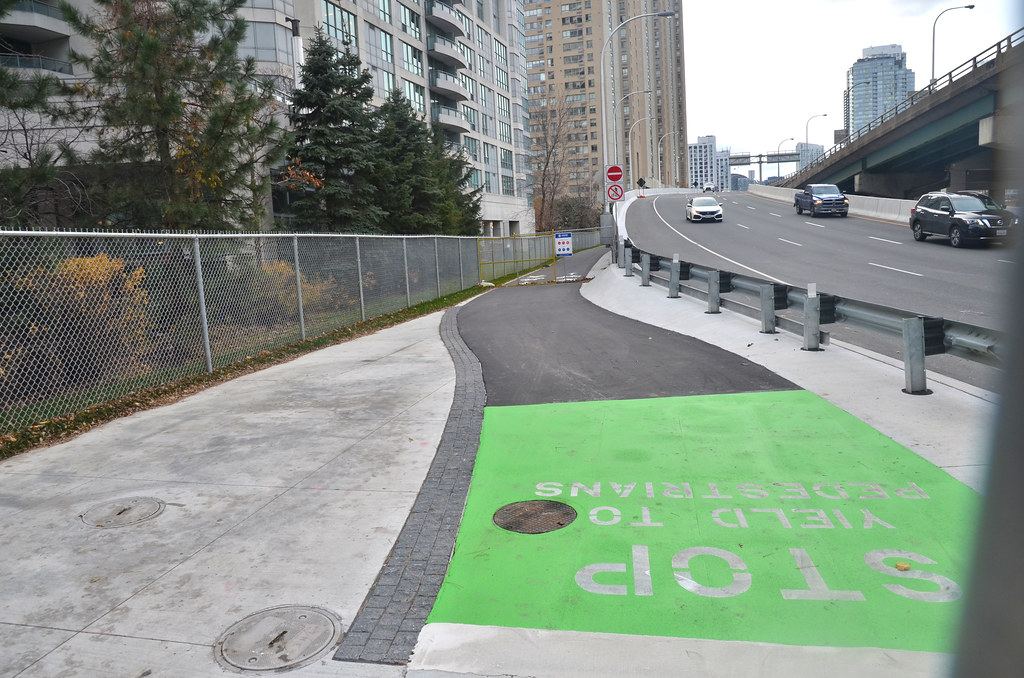
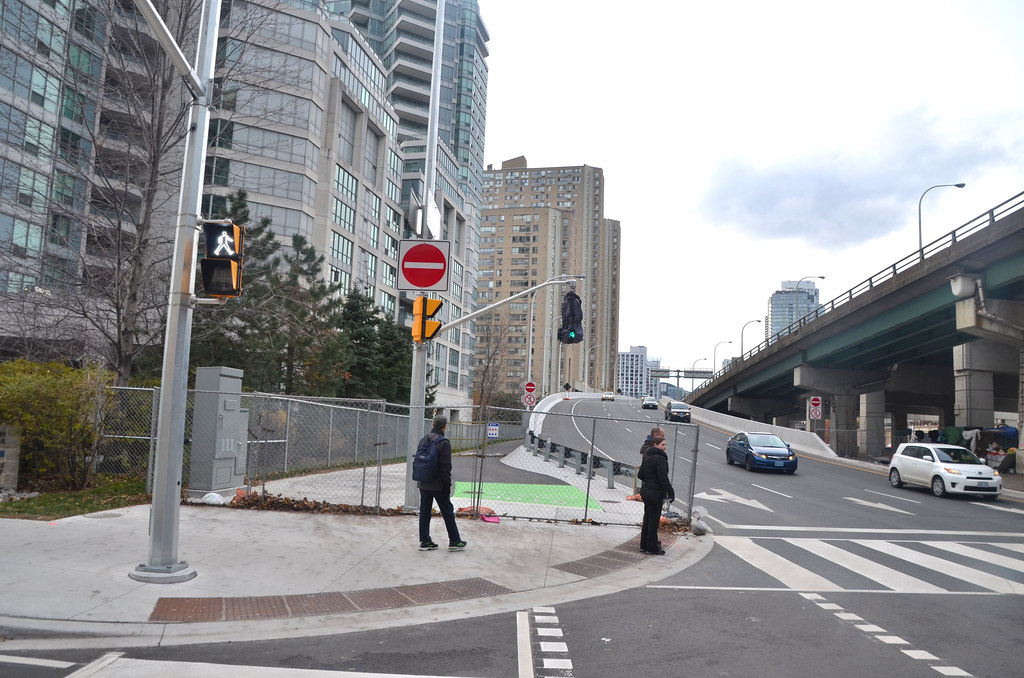
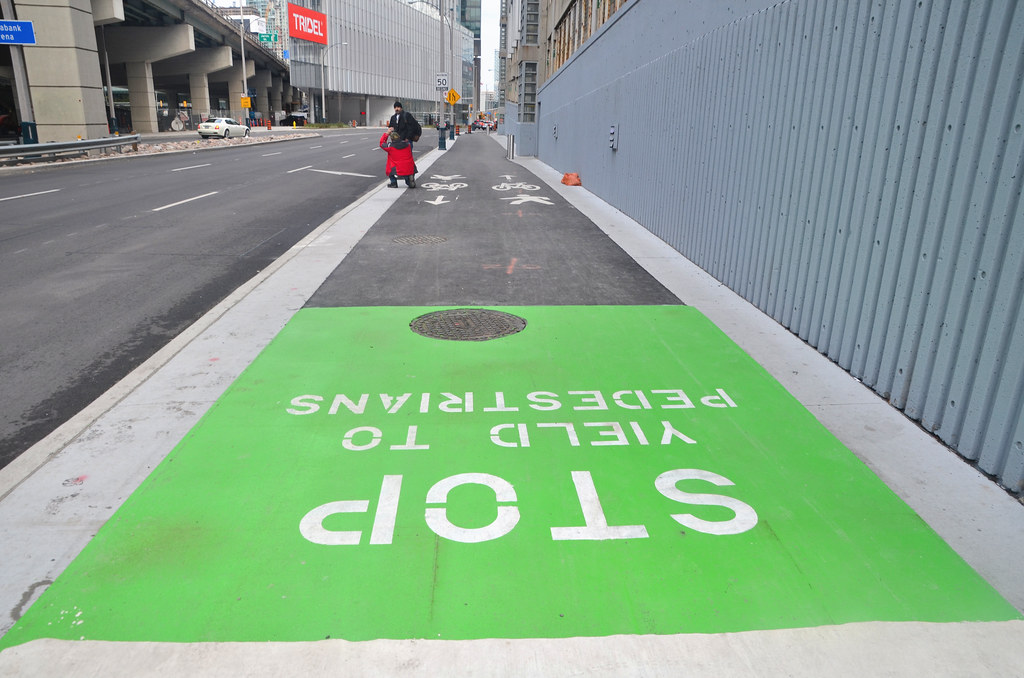
This is (mainly) not a new path and is really the re-opening of the old one that ran from Spadina to York below the Gardiner. It is now all (??) resurfaced and now goes further east to Bay as a separated path and as an on-street one to Yonge. Not very scenic and it has several street crossings (with lights) but can be less trying than the Martin Goodman on QQ when that gets too crowded.How far does the bike path go? Does it connect to an already existing one?